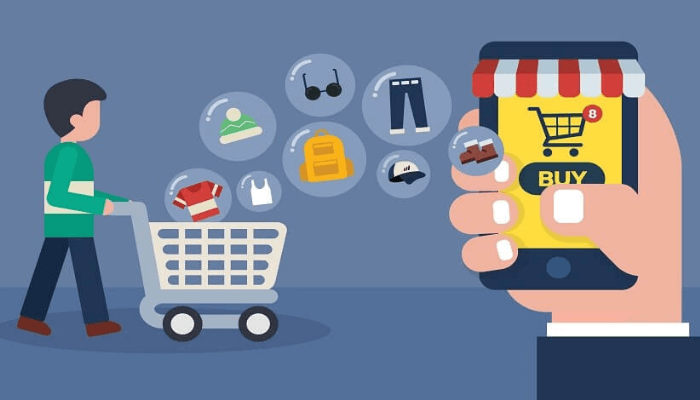CX: From expense centre to revenue engine
The evolution of customer experience
For the most part in the tech business world, customer experience (CX) has been seen as a necessary evil, a cost centre identified by its popular name “the support desk”, a “nice-to-have”. In a product-led growth model, this reactive approach is a flawed take. It treats CX as a lifeboat after a ship hits an iceberg, rather than a sonar system for navigating safely. This shift in perspective is what separates thriving companies from those with “leaky vessels”.
Thriving companies have learnt that strategic CX is not just about fixing problems. It’s about anticipating customer needs, aligning with business goals, and turning every interaction into an opportunity for value creation. The real shift is recognising CX as a revenue lever, not a reactive function.
This article deconstructs how to transform your CX team from being perceived as a cost centre to becoming a growth driver that de-risks renewals, surfaces expansion opportunities, and protects long-term customer value.
De-risking renewals
Reactive CX models often lead to a frantic, last-minute scramble to address long-simmering issues. A strategic CX approach, however, begins on day one of the customer lifecycle.
Value-driven onboarding
The first 90 days are critical. It’s not enough to show customers how to use a product; a strategic CX team focuses on helping clients consistently see why it matters to their business goals. This requires a deep understanding of the customer’s goals, pain points, and success metrics. By mapping your product value to their specific objectives, you make your solution indispensable.
Takeaway: Don’t stop at product tours; facilitate a journey to value. Use clear success metrics and regular check-ins to measure progress against their goals. You should have a vision for where your customer should be in 90 days to 6 months.
Surfacing expansion/upsell opportunities
A well-designed CX workflow is a goldmine of data and insights. Strategic CX teams are trained to read between the lines.
Usage patterns: Is a customer consistently hitting a usage limit? That’s a clear signal for a higher-tier plan. Flag accounts that consistently hit usage caps and automate alerts to proactively reach out.
Feature requests: Tag feature requests by account type (ex., “enterprise”, “mid-market”) to reveal patterns that can inform upsell conversations. Is a key account repeatedly asking for a critical feature? This indicates that there’s a gap in your product’s value and is a potential upsell opportunity.
Cross-Functional handoffs: When CX uncovers upsell or expansion opportunities, it shouldn’t sit in a silo. A collaborative process should exist where CX, Sales, and Product each play a defined role. CX brings insight and key customer context, such as conversation patterns, usage, and product feedback. Sales brings commercial expertise, structuring expansion opportunities. Product uses these signals to prioritise features, shape the roadmap, and build for scale.
Takeaway: Train your CX team to be scouts. There should be a clear connection between their day-to-day activities and your business’s revenue goals.
Protecting long-term customer value
Retention isn’t a single event. It’s the cumulative result of every interaction a customer has with your company. Strategic CX protects long-term value by building deep relationships and creating a “moat” around the customer.
The power of proactive engagement
Waiting for a customer to raise a flag is a losing strategy. Proactive engagement means reaching out before problems arise.
Health scores: Develop a data-driven customer health score that incorporates usage data, support interactions, and sentiment analysis. When a customer’s health score drops, that should trigger an internal alert for the CX team to intervene proactively. This allows you to address potential churn risks before they become critical.
Customer advocacy: When a customer is successfully using your product to achieve their goals, turn them into an advocate. Power users should be champions and actively involved in case studies, beta feature tests, and community initiatives.
Takeaway: Think of retention as compounding interest. Invest in their success through continuous, proactive engagement. The goal is to make your product so deeply integrated into their business that it’s unthinkable to rip it out.
The new CX mandate
The days of CX as a passive, reactive function are over. In the modern product-led landscape, the customer experience team is a strategic partner in revenue growth. By aligning CX strategy with business outcomes, companies can not only de-risk renewals and increase retention but also unlock a powerful, sustainable engine for revenue growth. The real question isn’t “What does CX cost?” but “What is the cost of not having a strategic CX function?”
About the author:
Daniela Debebs is a CX expert and product specialist at Clay, a unicorn startup, and a rising voice in CX and product strategy. With a career journey that spans law, sales, GTM, product operations, and customer experience, she brings a rare blend of perspectives to scaling product-led growth. Drawing on insights from 5,000+ customer interactions, she helps companies translate customer signals into practical steps for product and engineering teams, driving adoption, retention, and renewal.

